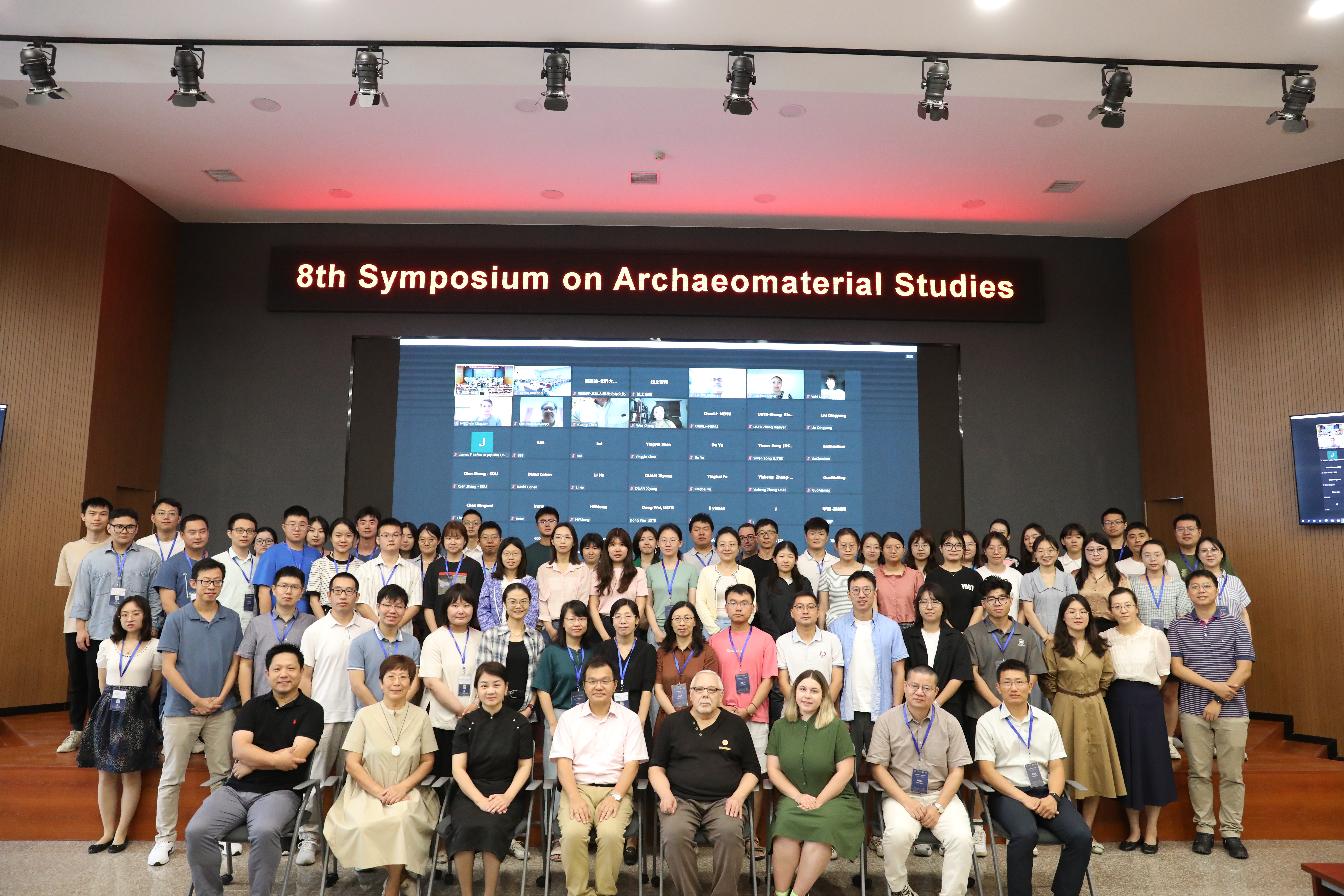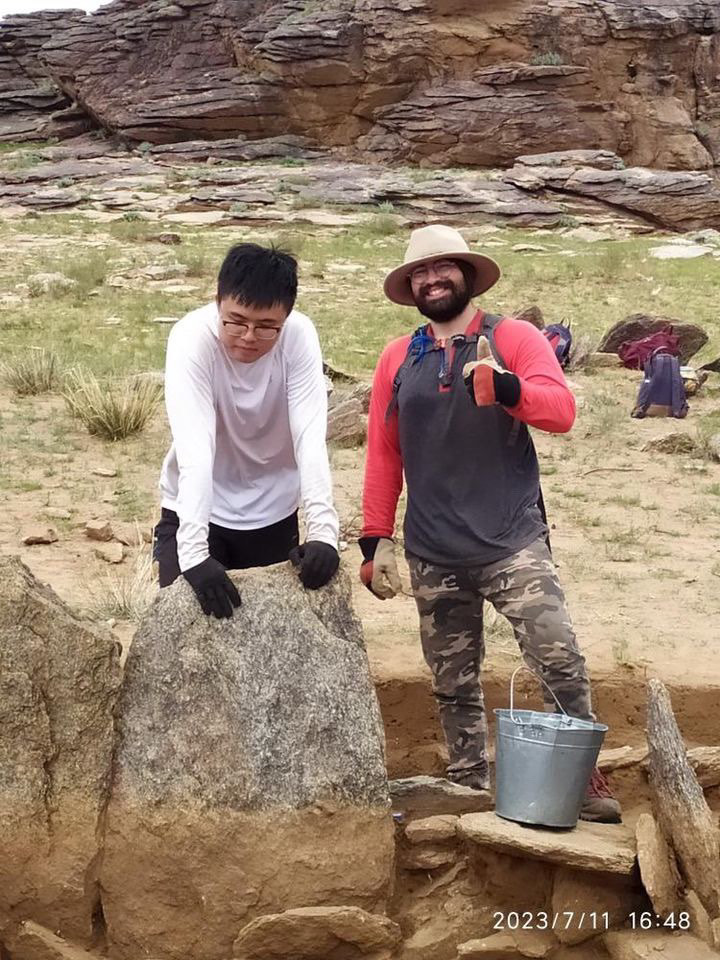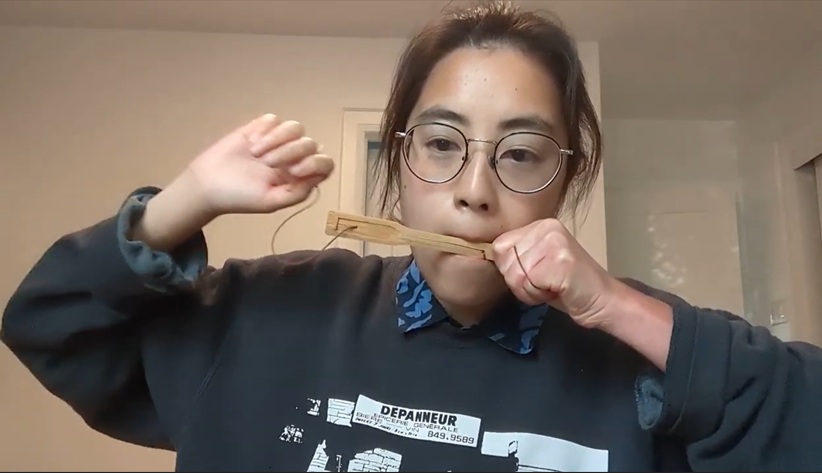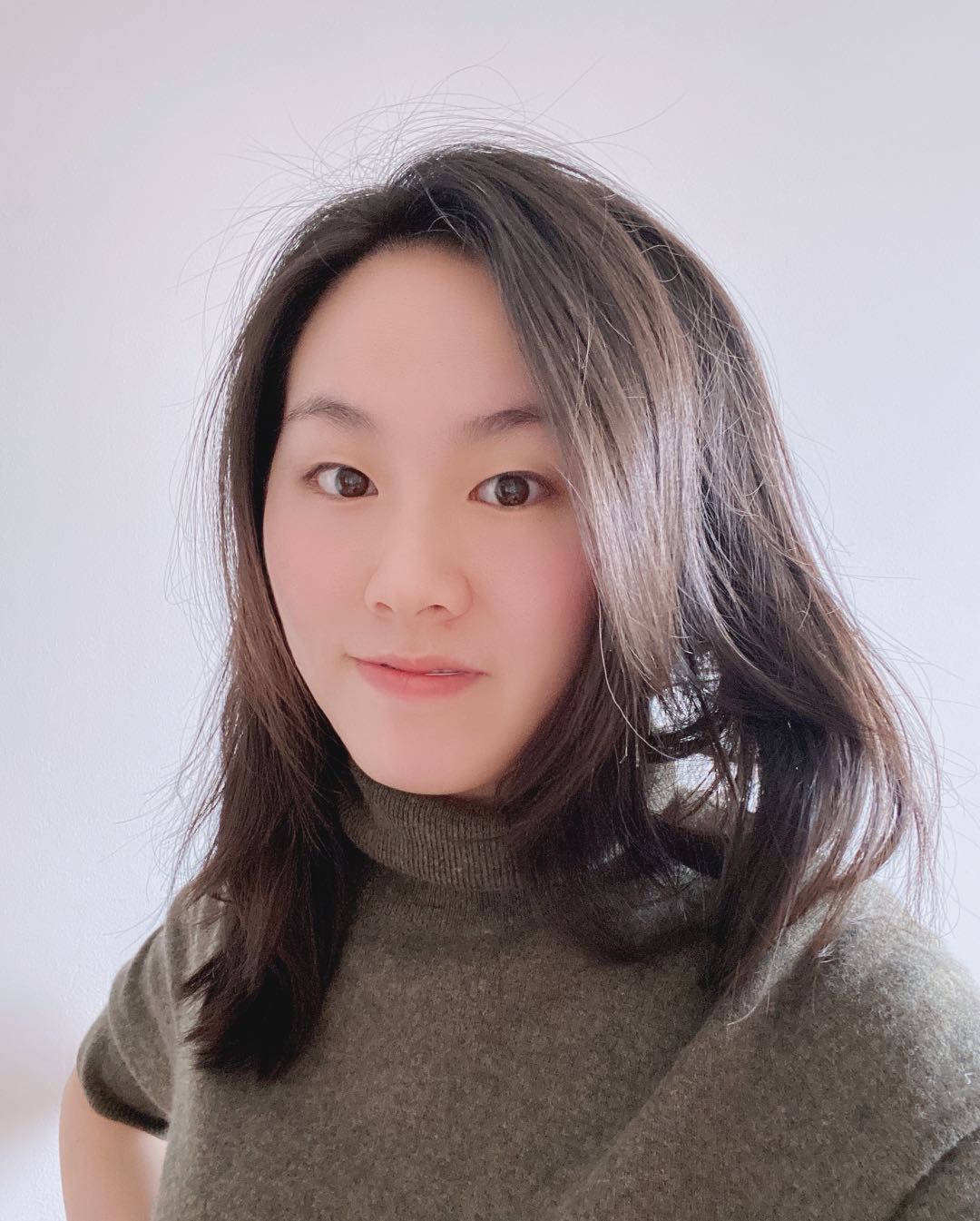|
Dear all,
I hope you have all had a successful and enjoyable year with exciting research, teaching, learning, and discussions on a broad range of topics.
In the SEAA calendar for 2023, we hosted a variety of exciting events, including the wonderful hybrid conference co-organized by the University of Science and Technology Beijing and SEAA in August 2023, a number of book talks, and a workshop on academic publishing organized by the SEAA team.
We have also seen the vote for the next in-person conference location which will be hosted by the University of Aberdeen in 2025 followed by Sichuan University in Chengdu in 2026 or 2027. We are also hoping to hold a workshop at the Sainsbury Institute in 2024 so that we can work with all three institutions in some capacity.
At present, we are working on website improvements and finding avenues to serve the SEAA community better. To that end, in the new year we will be sending out a survey to ask for further suggestions on how we can improve our work. We are of course also always happy to receive individual feedback via email or other forms of communication.
Below, you will find our newsletter organized into the following sections:
We are grateful to everyone who sent us their news and contributed to the Newsletter. The Executive Board would also very much like to thank Mitchell MA, WU Siyi, and James COBURN for their tireless efforts on the Newsletter.
Of course, none of this would be possible without the contributions from our membership.
Please send us your news at any point in the year so that we can include them in future issues of the newsletter.
With all the best wishes for the new year,
The SEAA Executive Board
Highlights from the 8th Symposium on Archaeomaterial Studies in East Asia
By: Siran LIU, SEAA Vice President and Associate Professor, University of Science and Technology Beijing (USTB)
The 8th Symposium on Archaeomaterial Studies, co-organized by the University of Science and Technology Beijing (USTB) and the Society for East Asia Archaeology (SEAA), took place as a hybrid event from August 11th to 13th. The in-person venue was at USTB, while the online sessions were conducted via Zoom. During the opening ceremony, Professor WEI Qian, Director of the Institute for Cultural Heritage and History of Science and Technology, warmly welcomed participants from around the globe. He expressed his hopes that the conference series would continue to serve as an interdisciplinary platform for scholars to engage in critical dialogues about key issues and future directions in the field of archaeomaterial studies.
Over the course of the three-day conference, scholars representing more than 30 academic institutions delivered a total of 63 presentations. These talks were organized into 12 sessions that focused on a range of topics, including the study of archaeological metals, lacquers, wood, glass, and ceramics, as well as the applications of computing technologies in archaeology.
Please read the conference program here for more details.
The event featured three keynote speeches, generously provided by Dr. YANG Zhou from the China National Silk Museum, Dr. Oliver PRYCE from the Centre National de la Recherche Scientifique (CNRS), and Professor Shuya WEI from USTB. Their presentations covered topics such as the detection of trace-level silk residues at archaeological sites, the flow of bronze artifacts along the southwestern Silk Road, and the decoding of natural organic materials used by ancient civilizations.
The symposium concluded with a forum on the challenges and opportunities facing archaeomaterial studies in East Asia. The forum was chaired by SEAA President Dr. Anke HEIN. Session chairpersons provided a review of their respective sessions and offered suggestions for future advancements in the field. Additional insights were also contributed by scholars in the audience.
The Best Student Presentation Prize was awarded to Zhenfei SUN from USTB for his talk titled "Resolving the complex mixing history of ancient Chinese bronzes using Manifold Learning and a Bayesian Mixing Model." Co-recipients of the award are Renjie MA from Peking University, who presented on "Shang and beyond: A preliminary exploration of the evolution and circulation pattern of highly radiogenic lead resources in the Shang Dynasty," and Xingyu Du, also from Peking University, for his talk on "Secondary production model of glass in the Warring States period: Evidence from an eye bead glass with multiple sources from the Qin state."
The Symposium on Archaeomaterials Studies is an annual conference and the next symposium will be held in Beijing in 2024. More information will be available on the SEAA website closer to the date.

Exploring Mongolia: A Student’s Archaeological Adventure on the Eurasian Steppe
By: William BOILY, MSc Student, University of Toronto

I am a graduate student at the University of Toronto with a strong passion in understanding specialized metallurgical production in East Asia. This summer marked the beginning of my archaeological career in East Asia when I joined a collaborative project between Yale University and the Mongolian National University of Education in the province of Dornogovi in southeastern Mongolia. During this project, we explored the region of Shiirin Chulu, which contained a plethora of Late Bronze Age (c. 1500-1000 BCE) and Xiongnu Period (c. 300 BCE – 100 CE) burials, as well as an intriguing cave habitation site which likely predates the Late Bronze Age.
These sites unveiled labour-intensive burial monuments containing various materials, such as faunal and human remains, ceramics, stone tools, and bronze, iron, and gold artifacts, including a rare bronze knife from the Late Bronze Age. The cave habitation site also yielded well-preserved Mongol and Buddhist materials from the Medieval and Early Modern period and prior, suggesting the site have been continuously re-occupied after its abandonment by its early inhabitants. Mongolia's rich history of pastoralist practices and the expanding field of Mongolian archaeology make it an exciting research area in East Asia. I eagerly anticipate returning for further fieldwork in the region, with a specific focus on understanding metallurgical production systems, their organization, and the specialized weapons of Mongolian states.
Uncovering Mongolian Roof Tile Origins: KHG-1 Excavation
By: Isao USUKI, Associate Professor, Sapporo Gakuin University
 In August 2023, I collaborated with Tumur-Ochir IDERKHANGAI, a professor at Ulaanbaatar University, and the Archaeological Institute of the Mongolian Academy of Sciences to excavate kilns at the Kharkhiraa gol-1 site (KHG-1). The aim of this excavation was to find the production site of roof tiles inscribed with "Son of Heaven, Chanyu (天子単于)," which were discovered at the Kharganyn Durvljin site. Our investigative efforts at KHG-1 led to the significant discovery of identical inscribed roof tiles, conclusively identifying these kilns as the original production site for the Kharganyn Durvljin tiles. This finding notably exemplifies the interconnection between palace sites and kiln locations in Mongolia. In August 2023, I collaborated with Tumur-Ochir IDERKHANGAI, a professor at Ulaanbaatar University, and the Archaeological Institute of the Mongolian Academy of Sciences to excavate kilns at the Kharkhiraa gol-1 site (KHG-1). The aim of this excavation was to find the production site of roof tiles inscribed with "Son of Heaven, Chanyu (天子単于)," which were discovered at the Kharganyn Durvljin site. Our investigative efforts at KHG-1 led to the significant discovery of identical inscribed roof tiles, conclusively identifying these kilns as the original production site for the Kharganyn Durvljin tiles. This finding notably exemplifies the interconnection between palace sites and kiln locations in Mongolia.
Melodies Beyond Borders: Unveiling the Secrets of Ancient Mouth Harps in a Virtual Realm
By: Anne-Julie ROBITAILLE, MSc Student, University of Toronto

I pursued my Master's degree in Anthropology at the University of Toronto with Dr. Liye XIE during the COVID-19 crisis, necessitating completing my research remotely, away from the typical archaeological practices.
My research focuses on the world’s earliest mouth harps unearthed in northern China, Mongolia, and southern Russia, spanning from the Late Neolithic to the Early Iron Age. Although these unique instruments are globally distributed and still played by many ethnic groups, their origins, adoption processes, and stylistic diversity remain poorly understood.
My project took a comprehensive approach. From morphological and dimensional analyses using image software to experiments with an Ainu mouth harp from northern Japan, it reveals the soundscapes of the past and the relationship between the instruments' morphology and acoustic properties. Looking ahead, the logical next step to deepen our understanding involves studying the material collections.
Xuyang GAO, Assistant Curator, Victoria and Albert Museum, London, UK

Before commencing her Doctor of Philosophy degree at the University of Oxford, Xuyang GAO directed her academic pursuits towards Chinese art history during her undergraduate years at the Central Academy of Fine Arts, China. She further enriched her expertise by undertaking archaeological training in her master's program at University College London. This experience, marked by continuous expansion of knowledge and a relentless pursuit of intellectual growth, equipped her with a solid professional foundation for her doctoral study.
Under the supervision of Professor Anke HEIN and Professor Chris DOHERTY, her doctoral thesis explores the interpretation of zisha teapots from the Ming and Qing dynasties through a multidisciplinary lens. Driven by an enduring fascination with Chinese ceramics, she presently serves as an Assistant Curator in the Asia Department at the Victoria and Albert Museum. This role affords her the privilege of perpetuating her research interests and contributing to the dynamic world of art and culture.
Upcoming Events
Xiongnu in the Steppe Word @ Ritsumeikan University (Kyoto, Japan), December 9th [SYMPOSIUM]
Organized by Isao USUKI (Sapporo Gakuin University) and Daisuke NAKAMURA (Saitama University) in collaboration with the Institute of Archaeology, Mongolian Academy of Sciences, this symposium will discuss recent advances in pastoralism and Xiongnu archaeology.
Burma to Myanmar @ the British Museum (London, United Kingdom), ongoing until February 2024 [EXHIBITION]
This exhibition explores how the various peoples of Myanmar interacted with each other and the world around them, fostering new ideas and art forms.
China's Southern Paradise: Treasures from the Lower Yangzi Delta @ the Cleveland Museum of Art (Cleveland, United States), running through January 7th, 2024 [EXHIBITION]
This exhibit centers on the artistic production and cultural impact of a region situated in the coastal area south of the Yangzi River.
モンゴル高原の牧畜社会の始まりを探る (Exploring the Beginnings of Pastoral Societies on the Mongolian Plateau) @ the Fuzii Gallery, Kyushu University (Fukuoka, Japan), from December 4th, 2023, to March 25th, 2024 [EXHIBITION]
Kazuo MIYAMOTO of Kyushu University will showcase the results of his extensive archaeological research in Mongolia.
Gazing at Sanxingdui: New Archaeological Discoveries in Sichuan @ the Hong Kong Palace Museum (Hong Kong, China), ongoing until January 2024 [EXHIBITION]
This exhibition highlights the remarkable new archaeological findings at Sanxingdui in China's Sichuan province.
An Epic of Chinese Jade for 10,000 Years: Diversity and Unity, Inheritance and Innovation, Inclusiveness and Gentleness @ the Nanjing Museum (Nanjing, China), ongoing through January 2024 [EXHIBITION]
This exhibition showcases the jade cultures of China.
Anyang: China's Ancient City of Kings @ the National Museum of Asian Art in Washington (Washington DC, United States), running until April 2024 [EXHIBITION]
This exhibition marks the first major exhibition in the United States dedicated to Anyang, the capital of China's Shang dynasty.
Recent Research
Interdisciplinary Learning in an Intercultural Setting During Archaeological Fieldwork [ARTICLE]
via. Academic Praxis, Peter J. COBB, Elvan COBB, and Hayk AZIZBEKYAN explore their experiences working in the field with students as part of the Arat Plain Southeast Archaeological Project (APSAP) – a collaborative project between the University of Hong Kong and the Institute of Archaeology and Ethnography of the National Academy of Sciences of the Republic of Armenia.
Tea for Two: The Dual Modes of Contemporary Zisha Teaware Production and their Implications for Archaeological Research [ARTICLE]
via. Ethnoarchaeology, Xuyang GAO, Anke HEIN, and Patrick QUINN examine the potting behaviors that create one object type, zisha teapots, from Yixing, China, revealing a hidden diversity of raw materials, techniques, and markets intended for this object.
中国考古学的类型学问题 (Typological Issues in Chinese Archaeology) [ARTICLE]
via. 南方文物 (Nanfang Wenwu), Anke HEIN, Wa YE, and Chun CHEN discuss the typological approaches of four of the most influential Chinese archaeologists to understand the legacy of their methodological approach as relevant to modern practices in Chinese archaeology.
An Archaeological Radiocarbon Database of Japan [ARTICLE]
via. Journal of Open Archaeology Data, Yuichiro KUDO, Minoru SAKAMOTO, Masataka HAKOZAKI, Chris J. STEVENS, and Enrico R. CREMA present a radiocarbon database of over 44,000 entries for the Japanese archipelago compiled from over 5,500 site excavation reports, covering a chronological span from 55,000 BP to the present day.
From Local to Long-Distance: Neolithic and Bronze Age Ceramic Networks in Northwestern China [ARTICLE]
via. Antiquity, Andrew WOMACK, Xinwei LI, Zhiwei GUO, Hui WANG, Jing ZHOU, and Rowan FLAD use petrographic analysis of ceramic sherds from Gansu Province, China, to document the local production of pottery vessels circulating between sites dating from the Neolithic and Bronze Age to demonstrate that these local networks underpinned longer-distance exchange between Central and East Asia.
Female Scholars and Their Contributions to Chinese Archaeology [BOOK CHAPTER]
In Women in Archaeology: Intersectionalities in Practice Worldwide, Anke HEIN, Jade D’Alpoim GUEDES, Kuei-chen LIN, and Mingyu TENG introduce the female pioneers in the field of Chinese archaeology who were actively involved in field work, covering the contributions of several generations of women from the first generation of university graduates after the Cultural Revolution (1996-76) to the place of women in archaeology in China since the 1990s.
馬・車馬・騎馬の考古学: 東方ユーラシアの馬文化 (Archaeology of Horse, Chariot, and Horseback Riding: Horse Culture in Eastern Eurasia [EDITED VOLUME]
Published through Rinsen Book Co., Naoto ISHAYA and Yusuke MUKAI edited this work on the use of horses throughout Asia, including Japan. It is an outstanding summary of how the use of horses and harnesses spread from China to the Korean peninsula, based on the latest archaeological findings.
南関東の弥生文化 (Yayoi Culture in Southern Kanto) [EDITED VOLUME]
Published through Yoshikawa Bunkan, Tomoko NAGATOMO, Hideshi ISHIKAWA, and Yoshiki FUKAZAWA edited this collection of essays on the Yayoi period of Japan. These essays focus on the international aspect of Yayoi culture, which is often perceived to be restricted to western Japan but extended to eastern Japan.
社会考古学講義 (Lectures on Social Archaeology: Restructuring Archaeology with Communication as the Smallest Basic Unit of Analysis) [MONOGRAPH]
Published through Douseisha, Koji MIZOGUCHI's recent book is highly recommended for students of Japanese archaeology focusing on the Jomon to Kofun Periods.
Reading Medieval Ruins: Urban Life and Destruction in Sixteenth-Century Japan [MONOGRAPH]
Published through Cambridge University Press, Morgan PITELKA demonstrates how provincial centers could be dynamic and vibrant nodes of industrial, cultural, economic, and political entrepreneurship and sophistication. In this study a new and vital understanding of late medieval society is revealed, one in which Ichijôdani played a central role in the vibrant age of Japan's sixteenth century.
Please add info@seaa-web.org to your safe sender list in order to avoid official SEAA emails being filtered as spam.
|